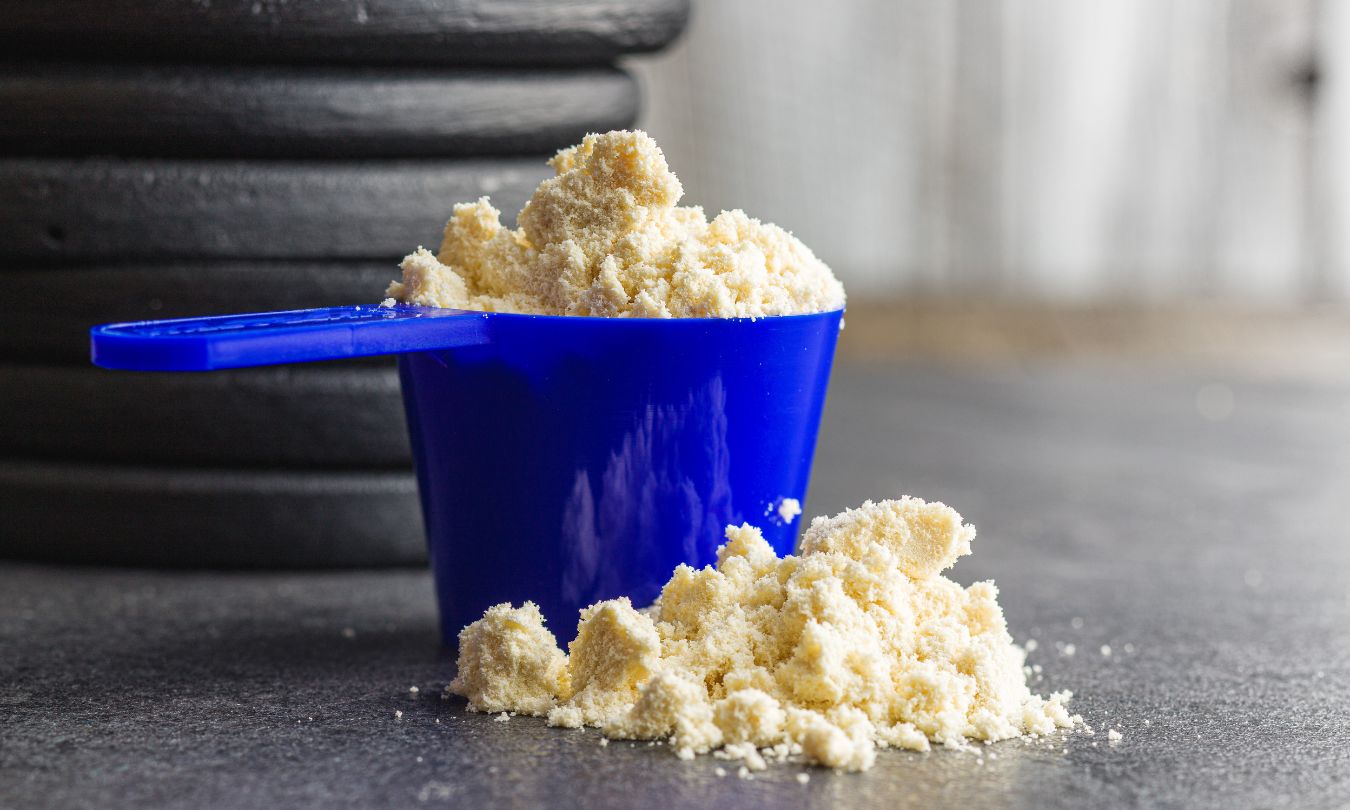Whey protein is one of the most popular nutritional supplements used to add additional protein into a diet. Consuming enough protein through food can sometimes be challenging, especially if you’re looking to pack on some muscle mass. Made from the watery portion of milk that separates the curds when making cheese, whey protein is widely available at grocery stores, vitamin and nutrition stores, and more.
But what makes grass-fed whey protein different than traditional whey protein? In this guide, we’ll break down the differences you need to know and understand to help you make an informed purchase and get the most out of your whey protein.
About grass-fed whey protein

Grass fed whey protein is made from the milk of grass fed cows. This means that the cows are allowed to roam naturally on the pasture, grazing on grass instead of eating grains that are fed in cow conventional farming. Both traditional and grass-fed whey protein powder offer numerous benefits for muscle growth and repair. But what makes grass-fed whey protein a better choice?
More humane
Choosing grass fed whey protein is a better choice for ethical and sustainable farming practices. This is because cows should be allowed to naturally graze on pasture without having to be confirmed to feedlots. Grass-fed cows live a better, healthier, and more stress-free life than conventionally raised cows.
Free from antibiotics and additives
Many conventionally raised cows are given synthetic hormones or antibiotics, which ultimately end up in your whey powder. On the other hand, grass-fed cows are not given these potentially harmful substances, resulting in a pure, chemical-free protein powder for your use.
Nutritional advantages
There is also a nutritional advantage of grass-fed whey powder over traditional protein powder. This means higher levels of healthy omega-3 fatty acids and conjugated linoleic acid (CLA) — two substances that are important for your overall health and reducing inflammation in the body.
How to use whey protein powder
There are endless ways to use whey protein powder as part of your daily health and wellness routine. Many people consume
If your primary reason for taking whey protein powder is for muscle-building, many health experts recommend taking whey protein about 15 minutes to one hour after a workout. This time represents the “anabolic window” where your body can use the protein most effectively in your muscles. However, other research suggests that consuming whey even two hours after a workout is still an ideal time frame to help you build muscle mass.
3 best brands for grass-fed whey protein powder
Once you’ve decided to opt for a high-quality grass-fed whey protein powder — where do you begin? With many brands on the market, it’s important to do your research and choose premium brands that contain no additives or unwanted ingredients. Check out three of our favorite brands for premium grass-fed whey protein.
Levels

Naked Nutrition

is another great brand for grass-fed whey protein powder, sourced from small non-GMO dairy farms. Naked nutrition whey protein comes in six flavors such as chocolate peanut butter, double chocolate, and strawberry. Each serving contains 25 grams of protein, which is super helpful for hitting your daily protein macros.
Raw organic whey

If flavors of protein powder aren’t your thing, raw organic whey is also an option — made from only one ingredient. This whey powder is non-gmo, soy free, and USDA organic, offering a clean protein you can feel great about consuming. Those concerned with choosing a humane option can feel confident in choosing raw organic whey, as this brand focuses on allowing cows to eat and roam as they naturally live (pasture-fed on small family farms).




